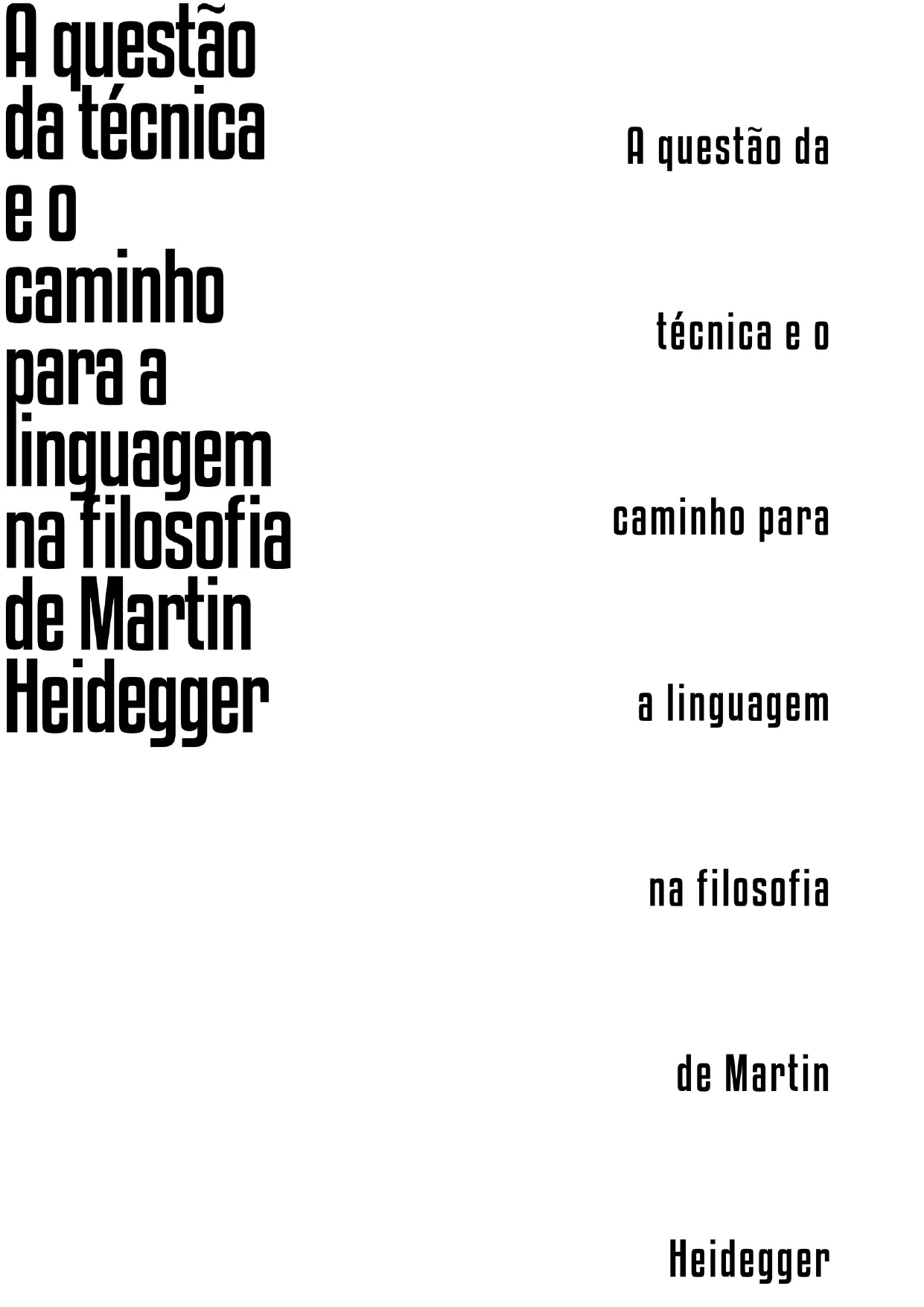Technology and the path for language on Martin Heidegger’s philosophy
DOI:
https://doi.org/10.11606/issn.2594-5920.primeirosescritos.2020.155662Keywords:
tecnique, truth, language, HeideggerAbstract
When investigating what would be the fundamental aspect of modern technology, Martin Heidegger presents the nexus connecting the phenomenon of technology to metaphysics, science, language, and to the destiny and future of the West. Conducted through the question of the meaning and truth of Being, the philosopher understands the essence of technology as unveiling and bringing to light what echoes from the Greek words tékhne, poiésis and alétheia. In this comprehension, the discussion on technology moves towards the most originary ambit of language. Considering his post-1930 writings, especially, Question concerning technology (1954), Traditional language and technological language (1962), and What are poets for? (1946), this article aims to show the path of Heidegger’s ideas, investigating how they express themselves and how the relationship between the essence of technology and the senses of truth, destiny, speech and language become closer in Heidegger’s thought. Throughout this analysis – from the question of
technology to language – we should return to what the philosopher tells us about what should be thought regarding the contemporary man in the control of modern technique and its technologies
References
___________ . La tesis heideggeriana acerca de la tecnica. Anales del Seminario de Historia de la Filosofia, Madrid, n. 10, p. 121-156, 1993.
HEIDEGGER, M. Serenidade. Lisboa: Instituto Piaget, 1959. ___________ . introdução à Metafísica. Rio de Janeiro: Tempo Brasileiro, 1978.
___________ . A constituição onto-teológica da metafísica. In: HEIDEGGER, M. Conferências e escritos filosóficos. 4. ed. São Paulo: Nova Cultural, 1991.
p. 149-162.
___________ . Língua de tradição e língua técnica. Trad. Mário Botas. Lisboa: Vega, 1995.
___________ . Hölderlin’s hymn “The ister”. Bloomington: Indiana University Press, 1996.
___________ . A questão da técnica. In: Ensaios e Conferências. Petrópolis: Editora Vozes, 2002a. p. 11-38.
___________ . O que quer dizer pensar? In: Ensaios e Conferências. Petrópolis: Editora Vozes, 2002b. p. 111-124.
___________ . A essência do fundamento. In: Marcas do Caminho. Petrópolis: Vozes, 2008. p. 134-188.
___________ . A caminho da linguagem. São Paulo: Vozes, 2012a.
___________ . Para quê poetas? In: Caminhos de Floresta. Lisboa: Fundação Calouste Gulbenkian, 2012b. p. 307-367.
___________ . Ser e tempo. Petrópolis: Editora Vozes, 2015.
HEMMING, L. P. Speaking out of Turn: Martin Heidegger and die Kehre. International Journal of Philosophical Studies, Abingdon-on-Thames, v. 6, n. 3, p. 393-423, 1998.
NIETZSCHE, F. A origem da tragédia. 12.ed. Lisboa: Guimarães Editores,
2004.

Downloads
Published
Issue
Section
License
Proposta de Política para Periódicos de Acesso Livre
Autores que publicam nesta revista concordam com os seguintes termos:
- Autores mantém os direitos autorais e concedem à revista o direito de primeira publicação, com o trabalho simultaneamente licenciado sob a Licença Creative Commons Attribution que permite o compartilhamento do trabalho com reconhecimento da autoria e publicação inicial nesta revista.


